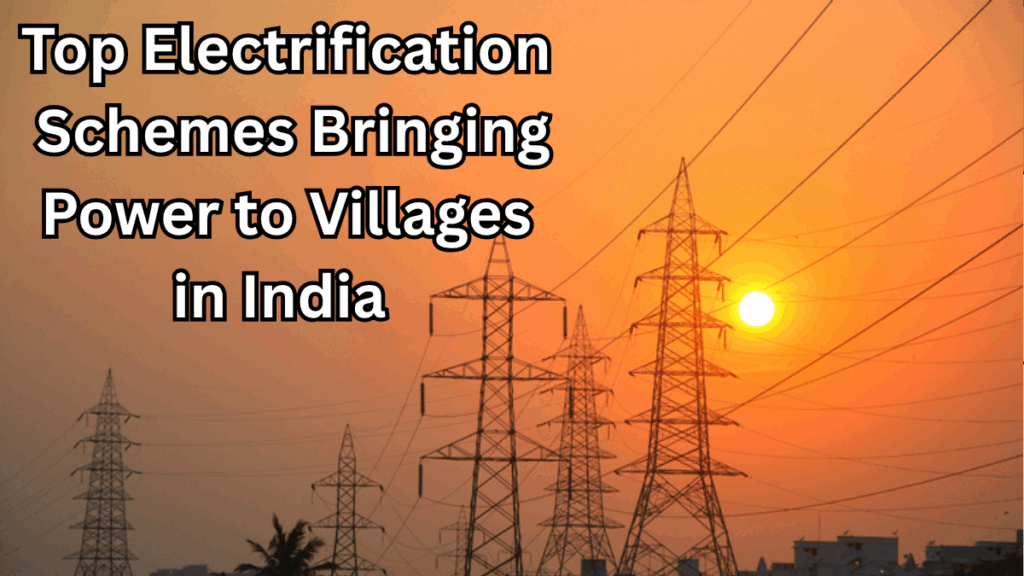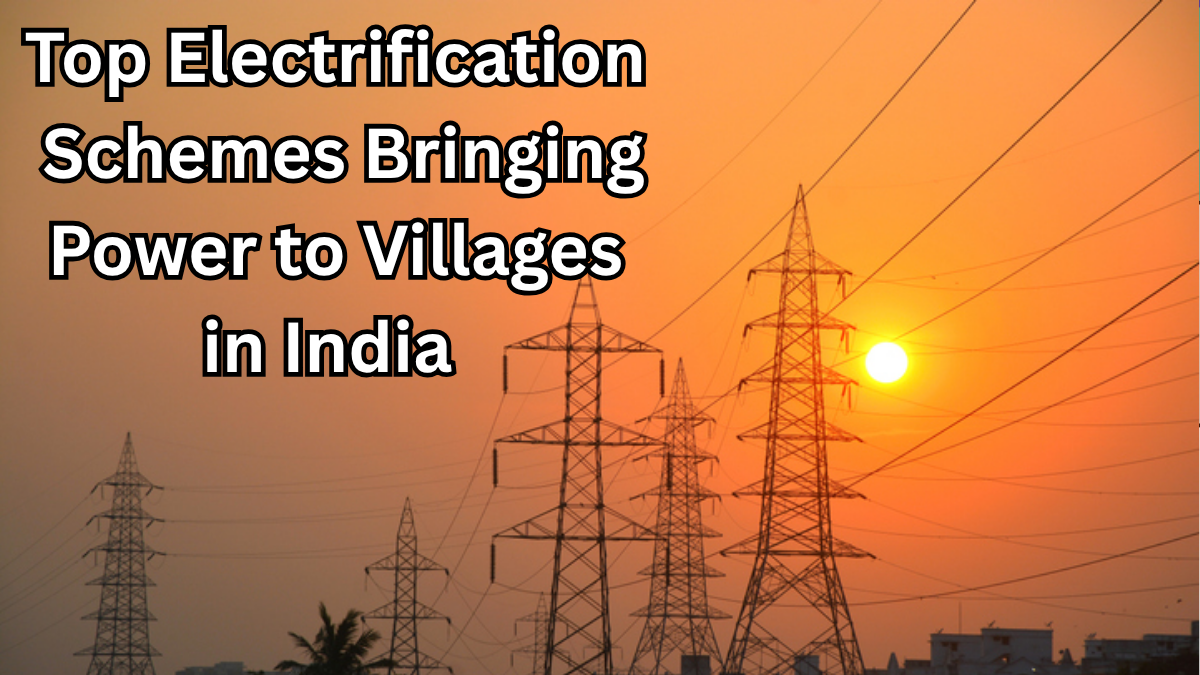Even in 2025, many Indian villages continue to struggle with power supply challenges, despite significant progress in electrification over the past decade. While most villages are now connected to the grid, rural electricity problems still affect daily life, farming activities, education, and small businesses. Let’s dive deeper into the challenges faced by rural areas and what the government is doing to address them.

Why Are Power Supply Challenges Still a Concern in 2025?
Even with improved infrastructure, rural areas face unique hurdles when it comes to electricity supply. These challenges often go beyond just laying down electric lines and include:
-
Unreliable Power Supply – Frequent outages and low voltage disrupt essential services.
-
Old Infrastructure – Aging transmission lines and transformers cause breakdowns.
-
Rising Demand – Increased use of electric appliances, irrigation pumps, and machinery strains the system.
-
Geographical Barriers – Remote and hilly regions are hard to connect and maintain.
-
Financial Limitations – Low revenue collection in villages makes grid maintenance difficult.
Key Rural Electricity Problems in 2025
Here’s a quick snapshot of the issues still plaguing rural India:
| Problem | Impact on Villages |
|---|---|
| Frequent Power Cuts | Disrupts education, healthcare, and farming |
| Low Voltage Supply | Damages equipment and affects productivity |
| High Transmission Losses | Leads to unreliable supply |
| Lack of Maintenance | Causes longer outages during breakdowns |
| Seasonal Demand Fluctuations | Makes load management difficult |
These rural electricity problems in 2025 make it clear that electrification alone isn’t enough – consistent and quality power supply is equally crucial.
Government’s 2025 Action Plan
Recognizing these issues, the government has rolled out multiple measures to ensure reliable electricity in villages:
-
Revamping of Distribution Infrastructure – Modernizing transformers and replacing old lines.
-
Smart Metering Initiatives – To reduce theft and improve billing efficiency.
-
Decentralized Energy Solutions – Promoting solar and mini-grid projects for remote areas.
-
Subsidies for Farmers – Ensuring affordable electricity for agricultural purposes.
-
Public-Private Partnerships – Encouraging private investment in rural power infrastructure.
How Will This Improve Rural Life?
If implemented effectively, these steps can:
-
Provide continuous electricity for schools and healthcare centers.
-
Help farmers use modern irrigation without fear of power cuts.
-
Encourage small businesses to flourish in rural areas.
-
Reduce dependence on diesel generators, making villages more eco-friendly.
Final Thoughts
While the journey towards reliable electricity in rural India is ongoing, addressing power supply challenges in 2025 is a top priority. The government’s proactive measures aim to ensure that every household, farm, and small business in rural India gets access to consistent and quality power – a key driver for economic growth and better living standards.
FAQs
1. What are the biggest power supply challenges faced by villages in 2025?
Frequent outages, low voltage, aging infrastructure, and high transmission losses are among the major issues.
2. How is the government addressing rural electricity problems in 2025?
Through infrastructure upgrades, smart metering, decentralized solar power projects, and public-private partnerships.
3. Why does rural India need decentralized power solutions?
Decentralized solutions like solar microgrids can ensure reliable electricity in remote areas where grid connectivity is difficult.
4. How do power supply improvements benefit rural communities?
They enhance agricultural productivity, improve healthcare and education services, and boost small-scale industries.
Click here to learn more
